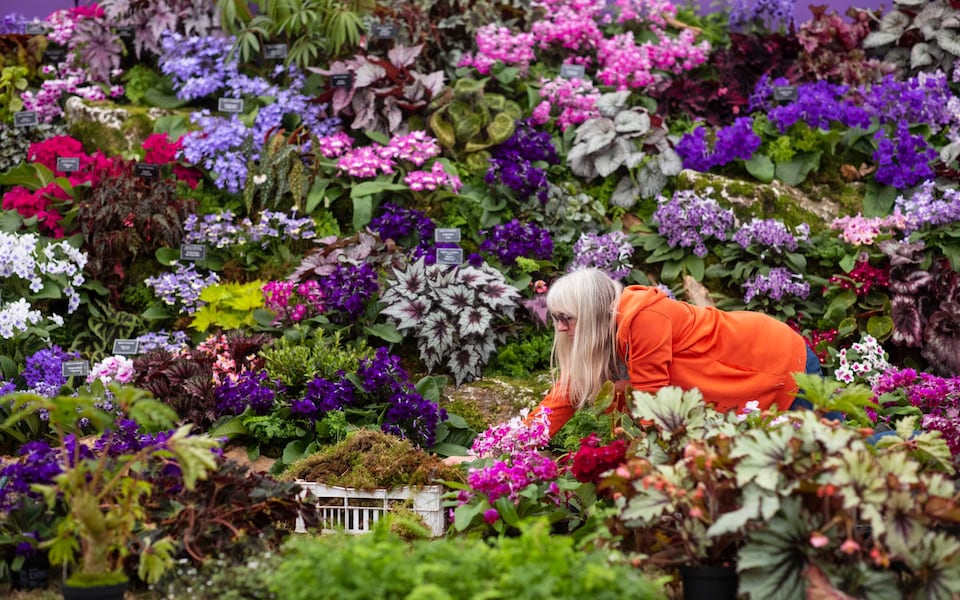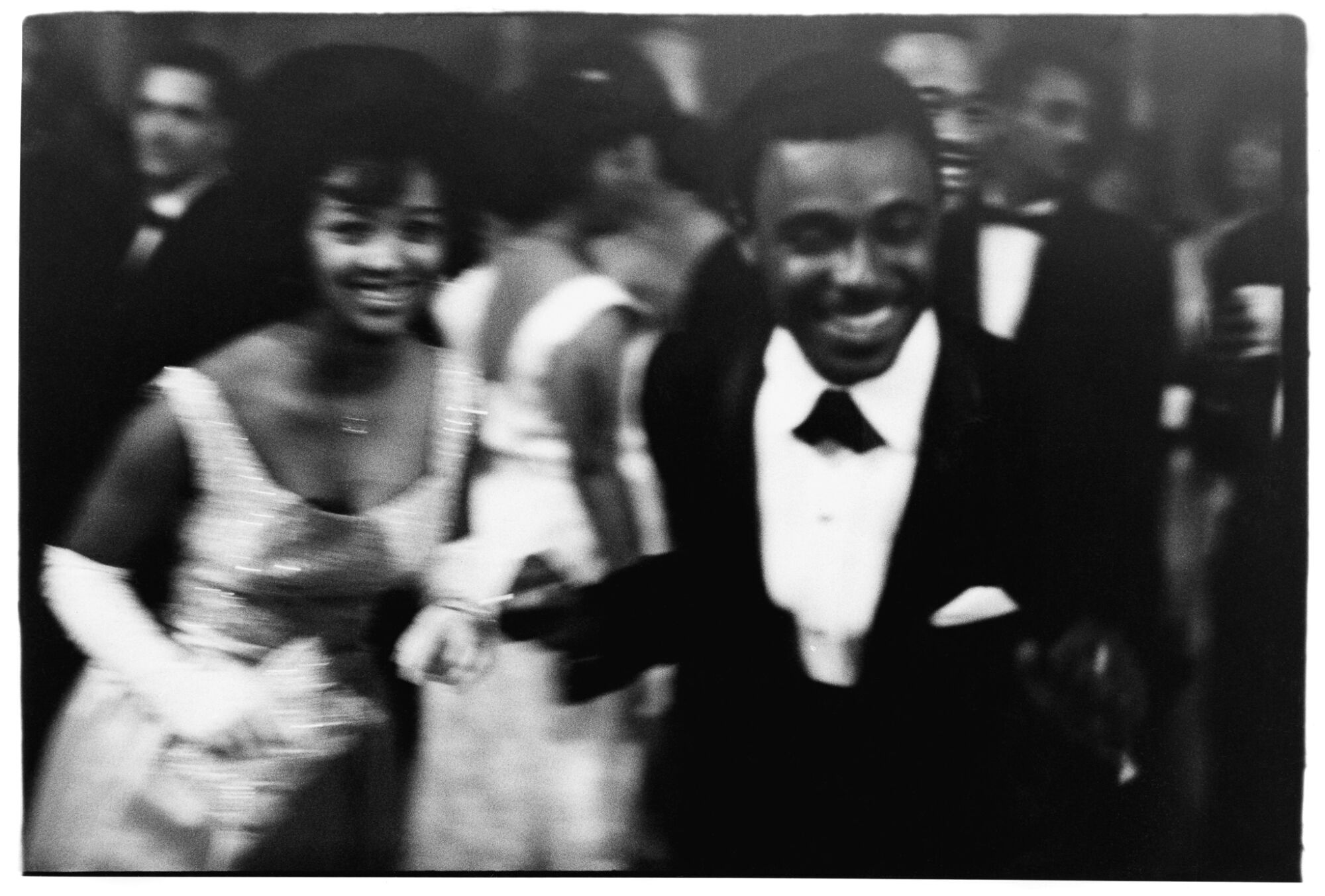

Our top picks of exhibitions together with cultural spaces and places, both online and in the real world.
View The Chelsea Flower Show
View The Chelsea Flower Show
Royal Chelsea Hospital
23 – 27 May 2023
Behold, the Chelsea Flower Show has landed! A harmonious fusion of art and nature awaits, showcasing fresh installations and ground-breaking innovations. This year’s RHS Chelsea Flower Show, running from May 22 to 27, marks a pivotal moment in the world of gardening and is the event on the horticultural calendar. Continuing the tradition, the show will grace the Royal Hospital in Chelsea, London, enveloped in a theme that celebrates the rejuvenating influence of gardens and gardening. It will spotlight the positive impact of gardens on individuals’ well-being, as well as their crucial role in environmental preservation.
Despite its century-old legacy, this year’s show is brimming with novel experiences. Excitingly, fungi growers will participate for the first time, alongside the unveiling of numerous new plant species. Another remarkable development is the unprecedented dominance of female designers in the competition, surpassing their male counterparts. With tickets in high demand, missing out on this must-see spectacle is not an option! Tickets are hot currency, and this is must-see, so don’t miss out!












